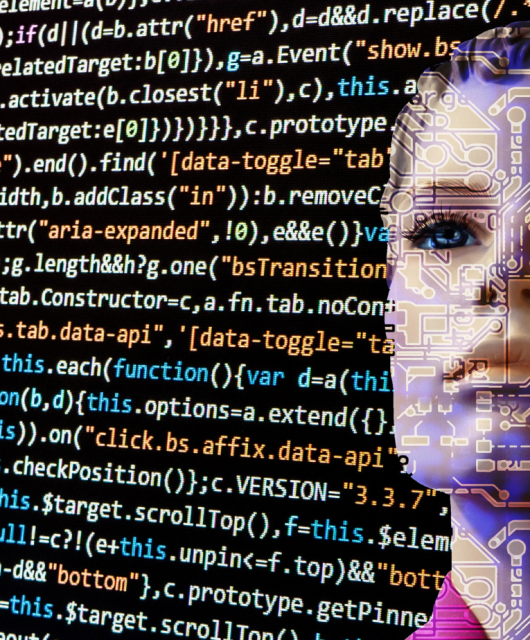The “Covid-19” Effect On The Digital Scene
By Marize Sami, General Manager of Isobar MENA
Our lives changed overnight with the COVID-19 global pandemic. Our physical lives were upended, and so we shifted towards the virtual taking with us our social lives, our work lives, as well as our daily chores and errands, which has become a daily challenge that everyone is trying to adapt to. I, personally although staying at home might sound more comfortable for a working mum like me, am trying to adapt, juggling between managing an agency, taking care of my family, home as well as home schooling. “Social distancing” became an exercise in agility; who would be able to make the move from physical to digital with the most success? But we did it, and we went from “social” distancing, to just distancing, managing to stay socially connected through our virtual world.

This rapid social change, caused a major shift in our behavior and habits, and nowhere is this more apparent than in the mobile and digital usage that currently facilitates our lives, As per “We Are Social’s” data there was a 118% penetration in mobile usage and 70% internet usage penetration in the Middle East as of January 2020, and now, consumers of all ages are turning to their mobile devices for commerce, education, and entertainment at a rate that is unprecedented for us. The pandemic has greatly accelerated a shift that has been a long time coming, and that will likely affect permanent change to our habits across many sectors and all consumer segments. Markets are now challenged with accelerating digital adoption more than ever before. If they were planning to accelerate within 6-12 months now they have got to do so within few weeks’ time.
To start with some of the significant changes that we can spot, commerce was one of the sectors that saw the most radical change in behavior. Services once thought of as luxurious or non-essential, and that had faced plenty of resistance just a few weeks prior, became necessary to surviving life in isolation. At a time when leaving the house to shop for basic needs and groceries has become a health hazard, previously resistant consumers and brands alike had to adapt to the new norm of e-commerce and online shopping. The banking sector responded similarly to the situation, where internet banking became a must-have due to the added push from the government in the form of daily limits on cash withdrawals.
No push was needed when it comes to social media and digital communication. Since the lockdown started, the amount of content consumption per person has been on a daily rise reaching 80% in some countries in the Middle East. Countless “in home” branded and unbranded videos are being produced on a daily basis whether by normal consumers or influencers. We can even spot the rapid expansion of some notable social media platforms to the masses, well beyond the limited circles that had previously made up their user base. Once an exclusively teen hub, TikTok has now become more of a classless, ageless platform. In fact, according to Sensor Tower Store Intelligence estimates, TikTok reached peak downloads in February 2020 – the app’s best month ever for both downloads and revenue since its launch.
TikTok wasn’t the only app to record unprecedented growth over the past few weeks. We’ve also seen a meteoric rise in usage of video conferencing services. According to Sensor Tower’s App Intelligence Data, the search for video conferencing apps increased dramatically in March, putting apps like Zoom and Teams in the lead; a growth that has been led mainly by companies and educational facilities migrating online for the safety of their teams.
All these consumer behavior changes have been making marketers of local and global brands revisit their market plans and strategies and will continue to do so as the situation unfolds, and a new norm is established. We’ve seen brands slow down or pause their traditional communication, while others have demonstrated their agility and used this situation as an opportunity to build their brand loyalty.
But what will differentiate one brand from another during this period of change? It’s the digital experience that will shape the consumer’s relationship with the brand. It’s this seamless virtual journey that consumers are after that should be the core focus of every brand throughout the whole purchase funnel, starting from awareness to purchase to loyalty. This is a golden opportunity for marketers to forgo the current status quo and rethink their marketing plans with the future of communication in mind. And now more than ever, mobile-first communication, AR shopping, e-commerce and integrated social campaigns along with the right media strategies and right targeting, will be of paramount importance for brands to roll with the many permanent changes that the world is going through, and secure a place for themselves on this new playing field.





